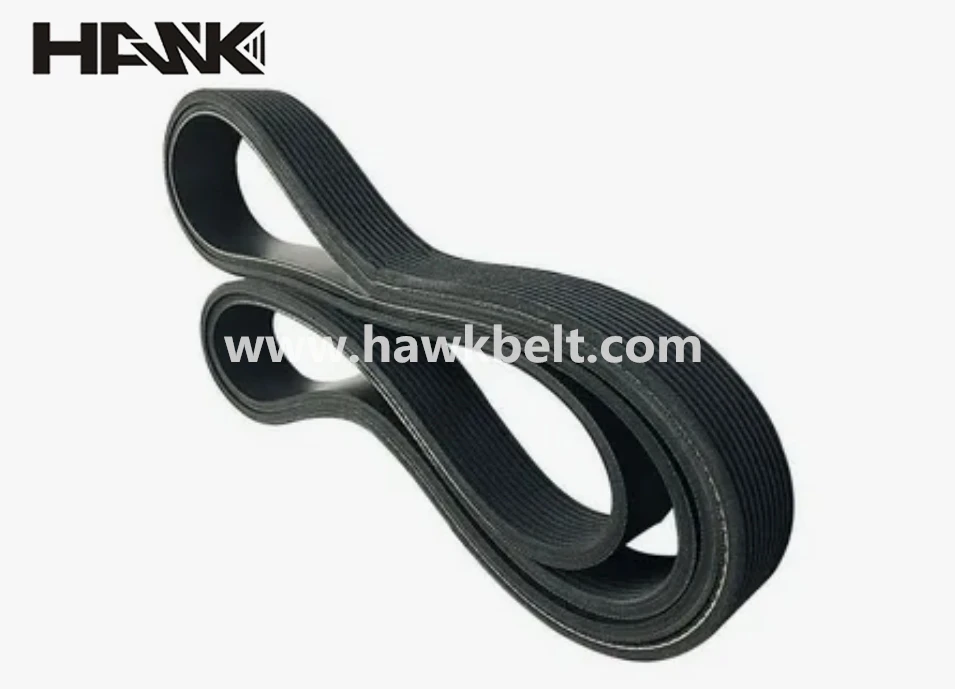- Arabic
- French
- Russian
- Spanish
- Portuguese
- Turkish
- Armenian
- English
- Albanian
- Amharic
- Azerbaijani
- Basque
- Belarusian
- Bengali
- Bosnian
- Bulgarian
- Catalan
- Cebuano
- Corsican
- Croatian
- Czech
- Danish
- Dutch
- Afrikaans
- Esperanto
- Estonian
- Finnish
- Frisian
- Galician
- Georgian
- German
- Greek
- Gujarati
- Haitian Creole
- hausa
- hawaiian
- Hebrew
- Hindi
- Miao
- Hungarian
- Icelandic
- igbo
- Indonesian
- irish
- Italian
- Japanese
- Javanese
- Kannada
- kazakh
- Khmer
- Rwandese
- Korean
- Kurdish
- Kyrgyz
- Lao
- Latin
- Latvian
- Lithuanian
- Luxembourgish
- Macedonian
- Malgashi
- Malay
- Malayalam
- Maltese
- Maori
- Marathi
- Mongolian
- Myanmar
- Nepali
- Norwegian
- Norwegian
- Occitan
- Pashto
- Persian
- Polish
- Punjabi
- Romanian
- Samoan
- Scottish Gaelic
- Serbian
- Sesotho
- Shona
- Sindhi
- Sinhala
- Slovak
- Slovenian
- Somali
- Sundanese
- Swahili
- Swedish
- Tagalog
- Tajik
- Tamil
- Tatar
- Telugu
- Thai
- Turkmen
- Ukrainian
- Urdu
- Uighur
- Uzbek
- Vietnamese
- Welsh
- Bantu
- Yiddish
- Yoruba
- Zulu
Nov . 06, 2024 07:17 Back to list
Choosing the Right V-Belt for Your Truck's Performance and Longevity
Understanding V-Belts for Trucks Essential Components for Optimal Performance
When it comes to the functioning of trucks, every component plays a vital role, and among these, the V-belt stands out as a critical element that keeps the vehicle running smoothly. A V-belt is a type of belt that is designed to transmit power from the engine to various components within the truck, such as the alternator, power steering pump, water pump, and more. Understanding the importance, types, and maintenance of V-belts is crucial for anyone involved in the transportation and logistics industry.
What is a V-Belt?
A V-belt is named for its distinctive trapezoidal cross-section, which allows it to grip the pulleys more effectively than flat belts. This design minimizes slippage and ensures efficient power transfer. V-belts are made from durable rubber compounds labeled for their flexibility and strength, enabling them to withstand the rigors of a truck’s engine environment.
Importance of V-Belts in Trucks
V-belts perform several essential functions in trucks
1. Power Transmission They transfer power from the engine’s crankshaft to various accessories and components, ensuring that each part functions correctly. 2. Efficiency A well-functioning V-belt enhances the overall efficiency of the truck by reducing energy losses that can occur due to slippage or wear. 3. Reliability A strong and durable V-belt provides reliability; it helps maintain steady performance in demanding conditions. 4. Cost-Effectiveness Regular maintenance and timely replacement of V-belts can prevent more extensive damage to engine components, saving costs in repairs and downtime.
Types of V-Belts
There are various types of V-belts designed for different applications. The most common types used in trucks include
1. Classical V-Belts These are the traditional type of V-belts and are available in various sizes. They are commonly used in many industrial applications and are designed for standard loads. 2. Narrow V-Belts These belts are thinner than classical belts and are designed for high-speed applications, providing a compact design that helps save space in the engine compartment.
v belt for truck

3. Cogged V-Belts These belts have notches or cogs on their inner surface, allowing for greater flexibility and reducing heat buildup under high load, making them suitable for heavy-duty applications.
4. Wrapped V-Belts These belts are wrapped in a fabric material, enhancing durability and reducing wear. They are best suited for applications that involve high twists and turns.
Maintenance Tips for V-Belts
To ensure the longevity and optimal performance of V-belts in trucks, regular maintenance and inspection are essential. Here are some tips
1. Regular Inspections Check the V-belts frequently for signs of wear, cracking, fraying, or glazing. Early detection can prevent unexpected failures.
2. Proper Tensioning Ensuring proper tension is critical. A belt that is too loose can slip, while one that is too tight can lead to premature wear and tear.
3. Alignment Checks Misalignment can cause uneven wear and decrease efficiency. Regularly check the alignment of the pulleys to ensure they are running parallel.
4. Replace When Necessary Timing is key. If a belt shows significant wear, replacement should be done promptly to avoid breakdowns.
Conclusion
In conclusion, V-belts are essential components that play a vital role in the overall performance and reliability of trucks. By understanding the various types of V-belts and adhering to maintenance practices, truck operators can ensure their vehicles run efficiently, minimizing downtime and repair costs. Investing time and resources into V-belt maintenance ultimately leads to better performance and longer vehicle life, which is crucial in the competitive world of transportation and logistics. Whether you’re managing a fleet or maintaining a single truck, don’t overlook the importance of these unassuming yet essential components.
-
Upgrade Power Steering Pump Belt for Smooth, Quiet Operation
NewsAug.27,2025
-
Precision Timing Belt & Chain: Engine Performance & Durability
NewsAug.26,2025
-
Precision Lathe Drive Belts: Durable & Reliable Performance
NewsAug.25,2025
-
84.5 Serpentine Belt: Durable & Precision Fit for Your Engine
NewsAug.24,2025
-
Premium Ribbed Drive Belts for Quiet Power Transmission
NewsAug.23,2025
-
High-Performance Vehicle Timing Belt for Engine Precision
NewsAug.22,2025

